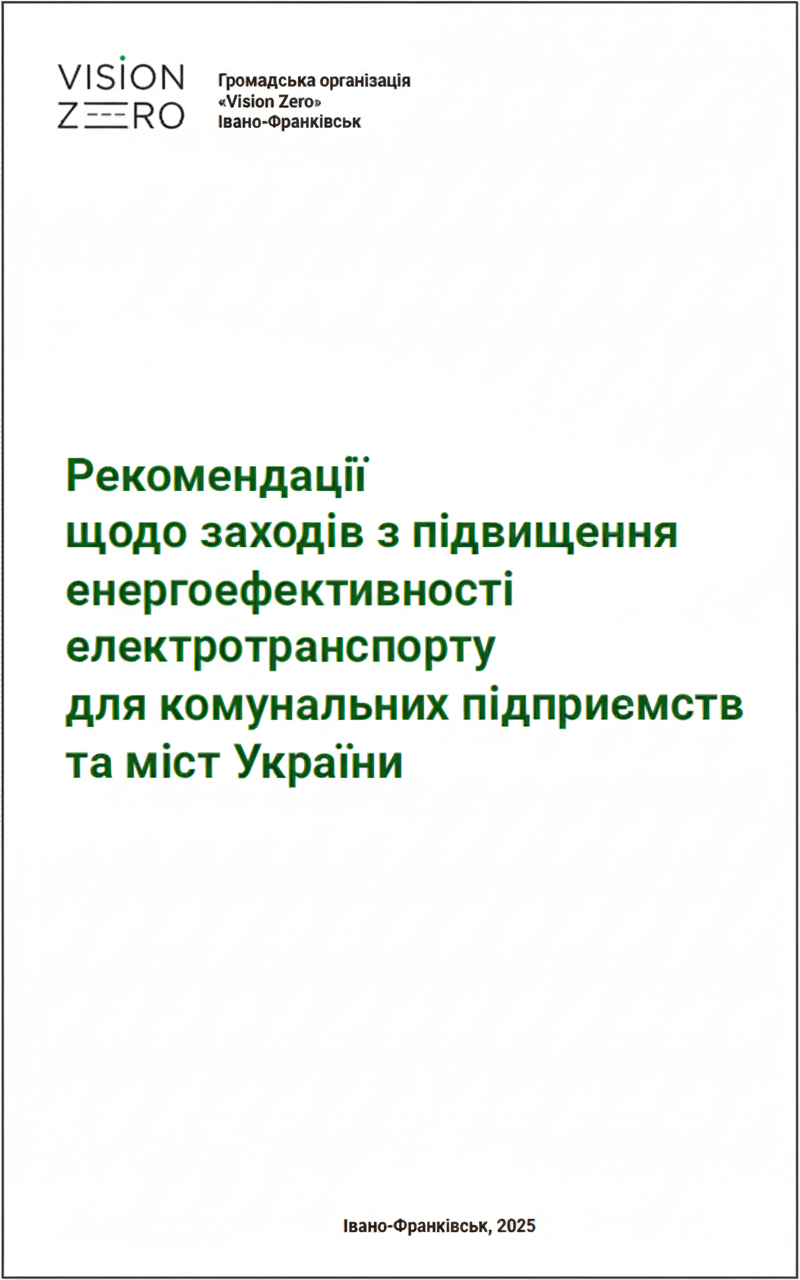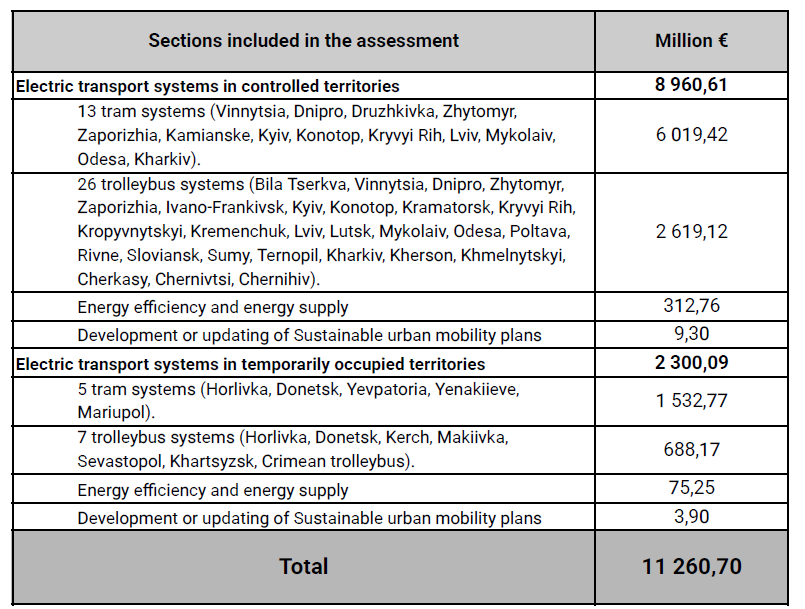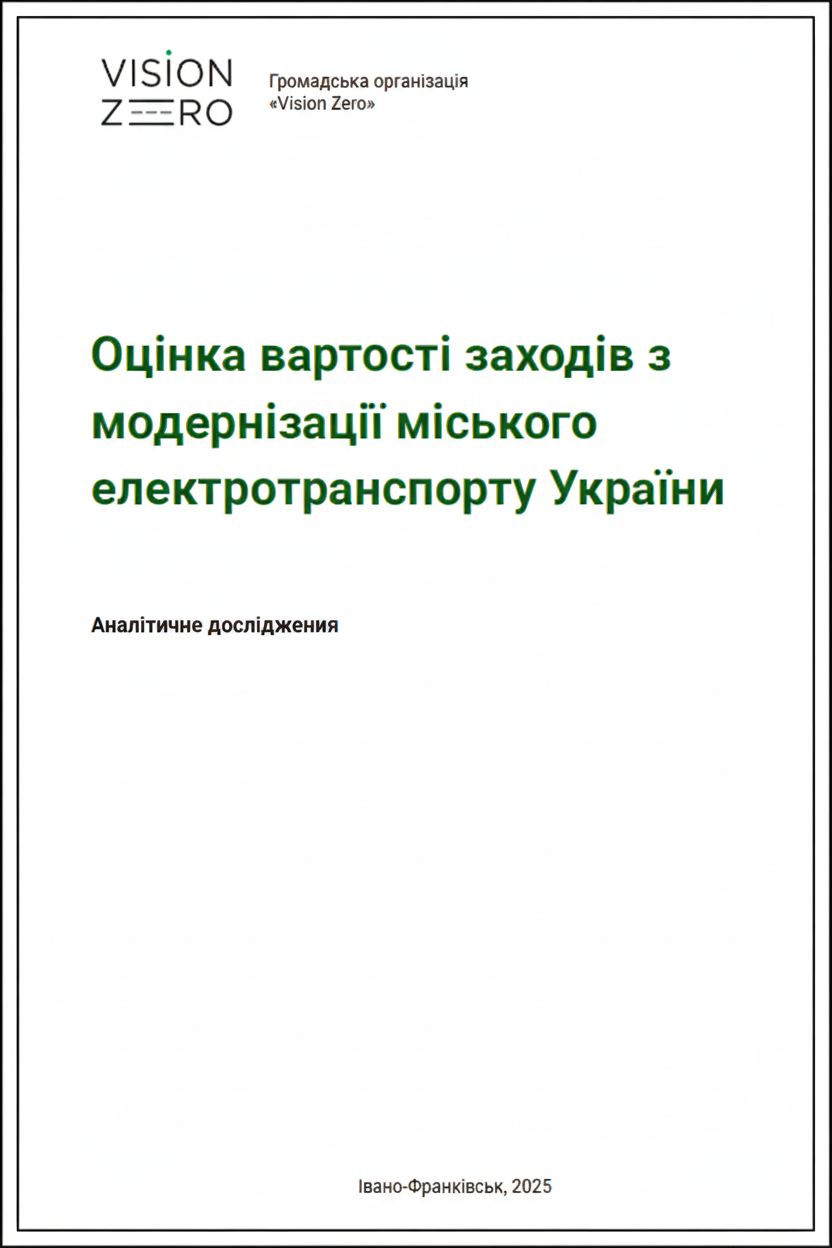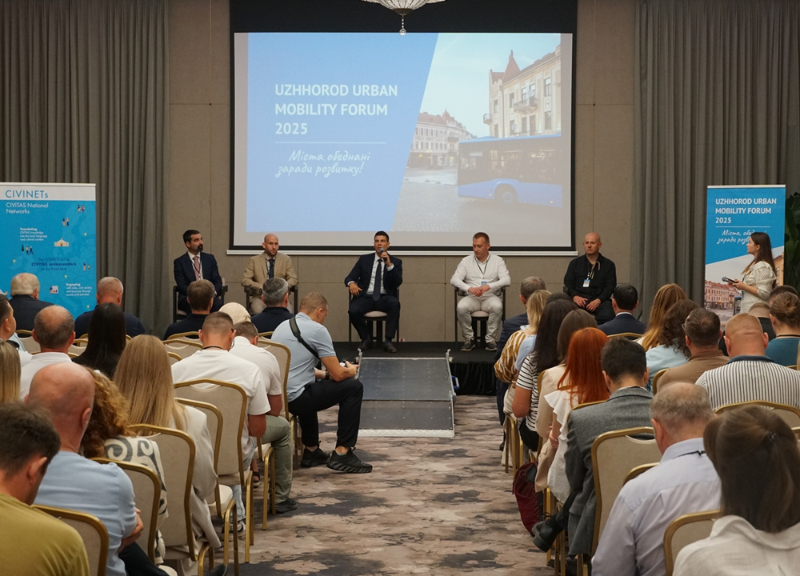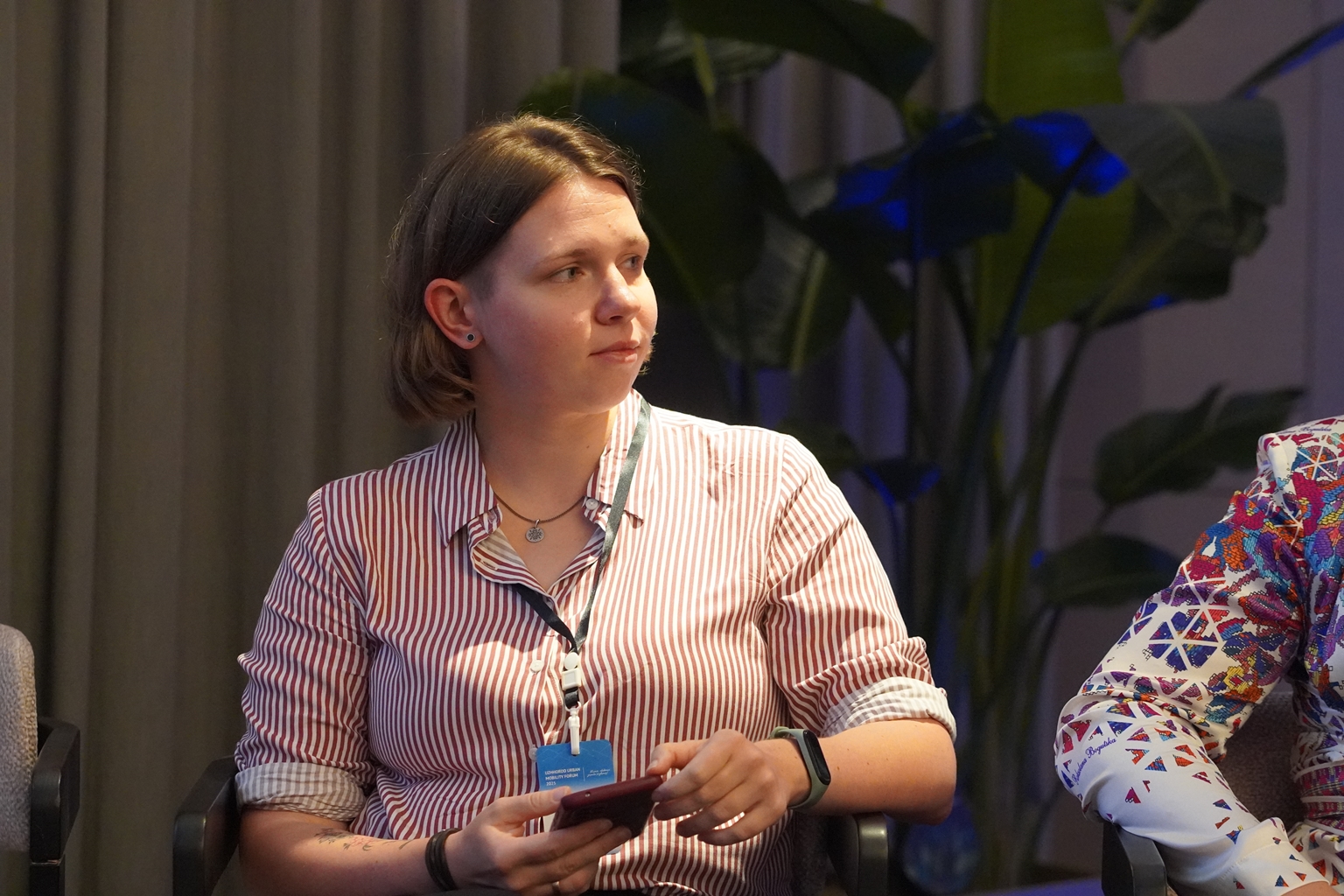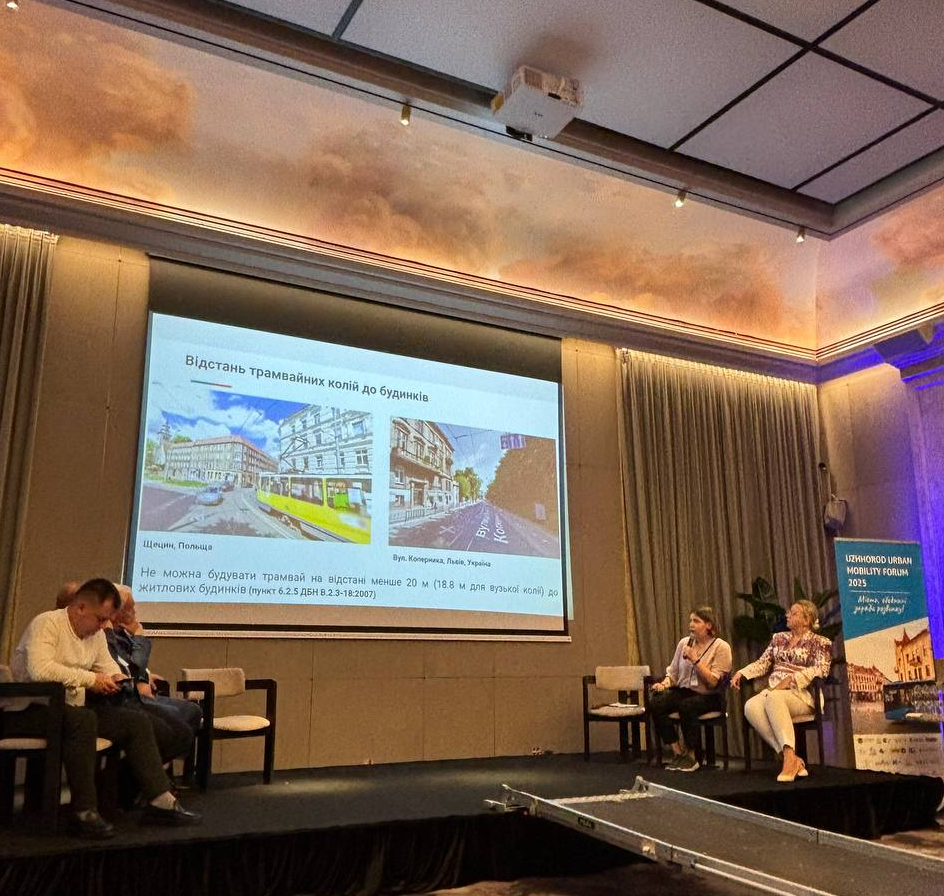
Tatra-Yug K1 tram in Kryvyi Rih; photo: Alltransua portal, author: Danil Nesterenko
Energy consumption is one of the main components of the costs of urban electric transport (MET) enterprises, with 86.4% of the total electricity consumption falling precisely on the traction of rolling stock. Over the past 10 years, Ukraine has observed a significant decrease in electricity consumption for traction (by 27.2%), which is ahead of the decrease in traffic volumes (by 8.5%). This indicates the positive impact of replacing energy-intensive rolling stock with more economical ones. Further improvement of energy efficiency is an important task for MET, especially in conditions of limited resources and the need for sustainable development.
The recommendations presented by the NGO “Vision Zero” are based on the analytical study “Energy Efficiency of Electric Transport”. The study, conducted in 2024-2025, was based on annual data for 2014-2023 obtained from 17 cities in Ukraine, as well as data from European cities and studies, in particular in Poland. The report highlighted that rolling stock is the main consumer of electricity and naturally provides room for further improvement in energy efficiency.
To view the overview, please click on the image below and you will be taken to the PDF file:
About the project:
The study was conducted as part of the project “Reform of Electric Public Transport in Ukraine”, which was implemented by the NGO “Vision Zero” from August 1, 2024 to September 30, 2025. The project was implemented in cooperation with the Association “Energy Efficient Cities of Ukraine” within the framework of grant support from the European Climate Foundation. Responsibility for the information and views expressed in the materials lies with the authors of the study.
The European Climate Foundation cannot be held responsible for any use that may be made of the information contained in the studies and does not necessarily share the opinions, assessments and conclusions expressed therein.

